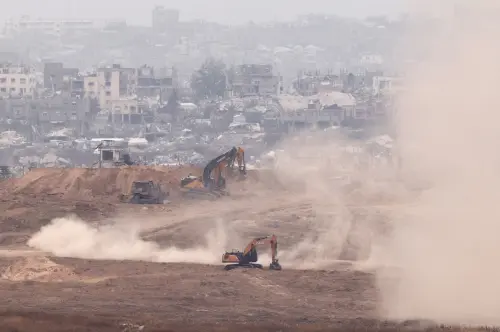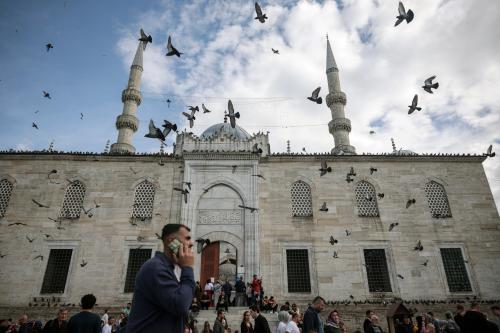How are things really going in Iraq? That’s a tricky question. First, it is inherently difficult to measure progress in counterinsurgency warfare and nation-building efforts. Second, reports of the latest violence—including the deaths of more than 50 American and other coalition troops in the first two weeks of November—and the highly partisan debate in Washington dominate the news coverage, overshadowing more in-depth analysis.
This chart, compiled largely using United States government information, tracks a number of trends in Iraq that can help shed light on how the situation is evolving. Of course, this being war, the data is inevitably fluid, subject to constant updating by the government. Nevertheless, what we have is still better than the filtered information usually heard from the true believers of the left and right.
A few main messages emerge. For starters, violence against coalition troops has increased as the occupation has lengthened and, in regard to the all-important objective of winning Iraqi hearts and minds, unemployment rates are still too high. However, most other trends are encouraging—declining crime rates in Baghdad, increasing numbers of Iraqi police officers being trained, and telephone and water services at about 80 percent of pre-war levels. Once one accepts the premise that the United States and its partners are still at war in Iraq, and that the mission there is clearly the most challenging American military operation since the Vietnam War, the most accurate long-term outlook is one of guarded optimism.
The Brookings Institution is committed to quality, independence, and impact.
We are supported by a diverse array of funders. In line with our values and policies, each Brookings publication represents the sole views of its author(s).



Commentary
Op-edOp-Chart: Tracking Trends in Iraq
November 14, 2003